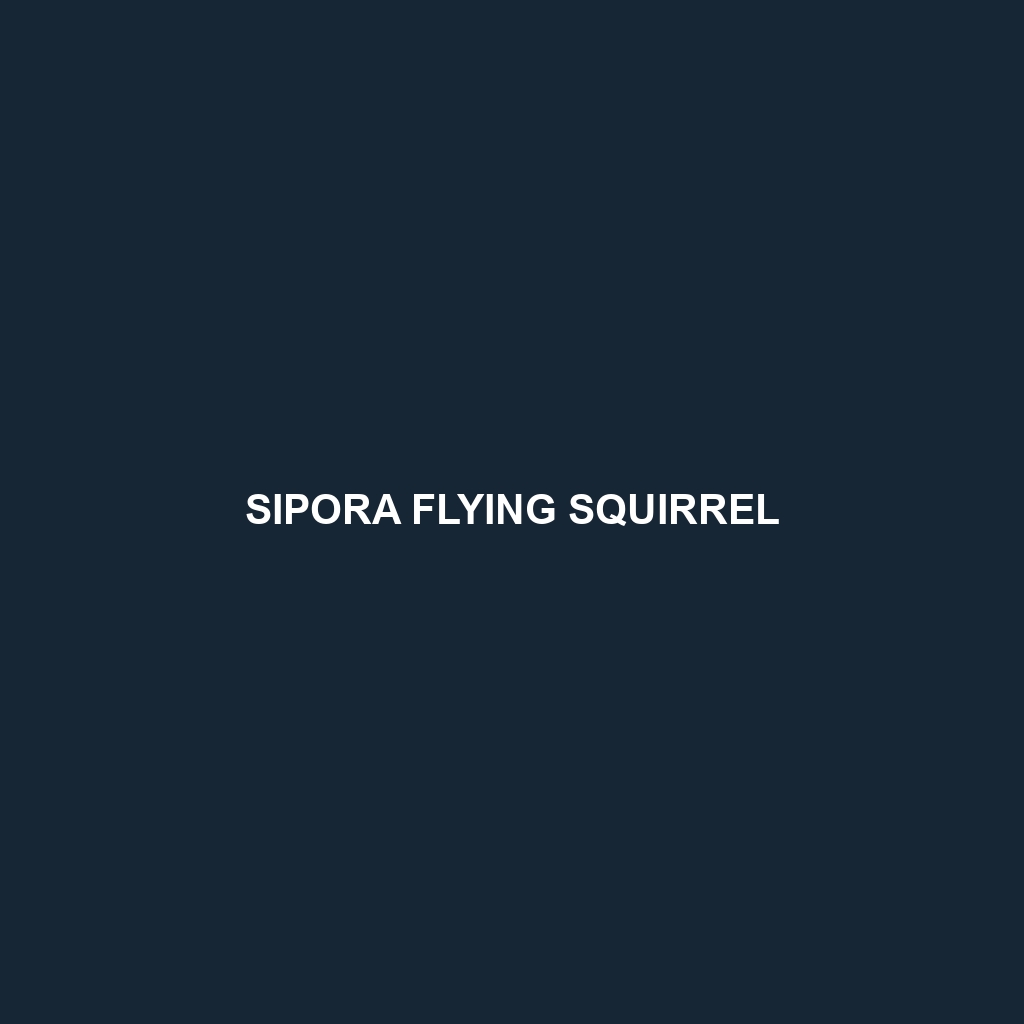Red-cheeked Flying Squirrel
Common Name: Red-cheeked Flying Squirrel
Scientific Name: Petaurista petaurista
Habitat
The Red-cheeked Flying Squirrel is primarily found in the tropical and subtropical forests of Southeast Asia. This species thrives in dense, moist habitats, particularly in regions such as the Himalayan foothills, the forests of northeastern India, and the lush canopies of Myanmar and southern China. These environments offer abundant trees, which are essential for their gliding abilities and nesting preferences.
Physical Characteristics
The Red-cheeked Flying Squirrel exhibits a unique combination of size and coloration. Typically, they range from 30 to 50 cm in length, including their bushy tail, which can be as long as their body. Their fur is generally a rich brown to grey, with distinctive reddish-orange patches on their cheeks, giving them their common name. They possess large, forward-facing eyes, which contribute to their excellent night vision, and a membrane that extends from their wrists to ankles, allowing them to glide gracefully between trees.
Behavior
Red-cheeked Flying Squirrels are primarily nocturnal creatures, exhibiting active behavior at night. They are known for their remarkable gliding ability, which they use to navigate their arboreal habitat. These squirrels are social animals, often found in groups, and communicate through various vocalizations and body language. During the day, they can be seen resting in tree hollows or leaf nests, coming out primarily during the twilight hours to forage for food.
Diet
The Red-cheeked Flying Squirrel has a diverse diet predominantly comprised of fruits, nuts, seeds, and tree bark. They are particularly fond of fruits from various tree species, and they play a critical role in seed dispersal within their ecosystem. Additionally, their foraging habits help in maintaining the health of their forest habitat, as they consume plant materials that contribute to the overall biodiversity of the area.
Reproduction
The breeding season for the Red-cheeked Flying Squirrel typically occurs between late winter and early spring. Females give birth to between 1 to 4 offspring after a gestation period of approximately 30 to 40 days. The young are born hairless and depend on their mother for warmth and nourishment, gradually becoming independent at about two months of age. Parental care is highly involved, with both parents contributing to the rearing of the young until they reach maturity.
Conservation Status
Currently, the Red-cheeked Flying Squirrel is classified as vulnerable due to habitat loss from deforestation and urban expansion. Conservation efforts are underway in several regions to protect their habitats and raise awareness about the importance of this unique species.
Interesting Facts
One fascinating aspect of the Red-cheeked Flying Squirrel is its exceptional gliding ability. They can glide over distances of up to 150 meters, using their large tail as a rudder for steering. Additionally, these squirrels have been observed using their vocalizations to communicate specific messages, showcasing a level of social complexity.
Role in Ecosystem
The Red-cheeked Flying Squirrel plays a vital role in its ecosystem as a seed disperser. By consuming fruits and nuts, they facilitate the growth of various tree species, contributing to forest regeneration. Their presence in the ecosystem also provides a food source for various predators, establishing an important link within the food web. Their activities help maintain the health and balance of their native habitats.
